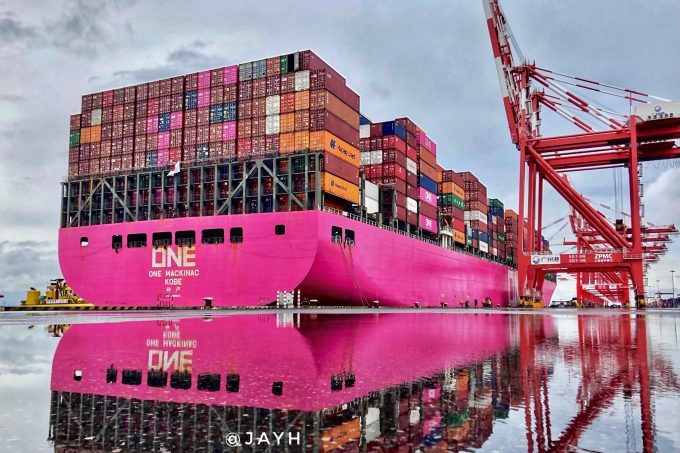Red Sea crisis forces Maersk to increase capacity over strategy limit
Maersk Line appears to have temporarily abandoned its strategy of maintaining capacity at no more ...

The bull run for ocean carriers appears unstoppable, with profitability in the first quarter of the year looking to be even better than expected.
And notwithstanding continued disruptions in the supply chain, the traditional post-Chinese New Year slack season and sky-rocketing vessel operating costs, the liner industry looks set for another record profitable quarter.
Meanwhile, Japanese carrier ONE yesterday released its Q3 earnings for the period to 31 December and has upgraded its financial year profit forecast by $3.6bn.
ONE said at the ...
Volcanic disruption at Anchorage could hit transpacific airfreight operations
Macron calls for ‘suspension’ – CMA CGM's $20bn US investment in doubt
Forwarders stay cool as US 'liberation day' tariffs threaten 'global trade war'
Shippers snap up airfreight capacity to US ahead of tariff deadline
De minimis exemption on shipments from China to the US will end in May
Tighter EU import requirements proving 'a challenge' for forwarders
Looming Trump tariffs will create 'a bureaucratic monster' for Customs

Comment on this article